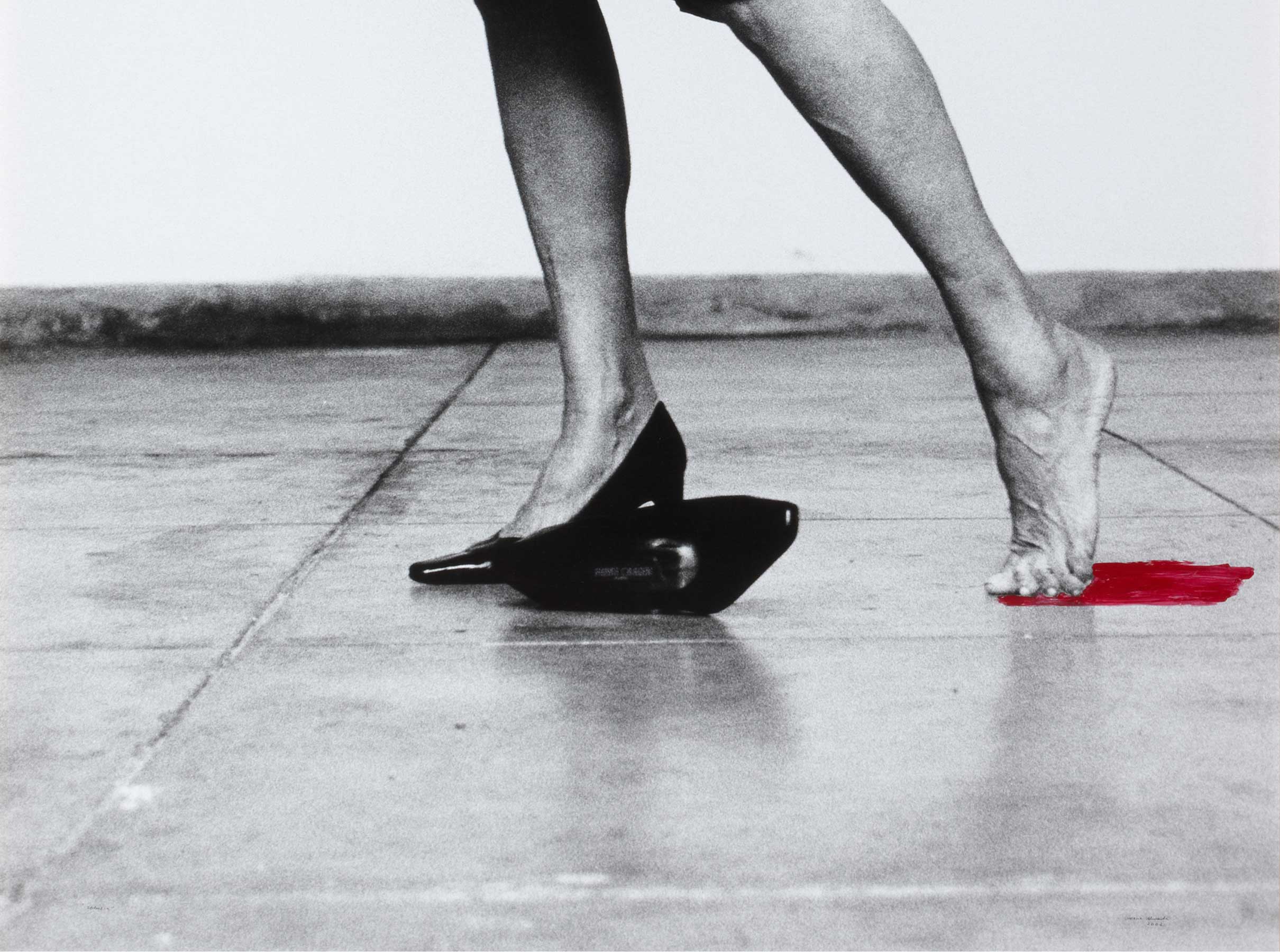IP (Italian Port)
- 1980
- Acrylic on paper (Triptych)
- 99 x 71,5 cm each
- Cat. P_769
- Acquired in 2012
IP (ITALIAN Port) (1980) is a triptych with a motif that is frequently found in Manolo Quejido’s paintings: a rounded arch that acts as a gateway, dividing an open space through which a human figure is going. It is an image that seems to be outside, but could also be seen as a theatrical device such as a backdrop that creates different planes – depths – on a fictional stage. Manolo Quejido here reproduces the same scene in three similar yet different ‘versions’, as variations in which he changes the range of colours used for the canvases in each intervention. The use of colour — yellows, indigos and reds — recalls futurism, the fauves and figures such as Paul Gauguin and Henri Matisse, referred to frequently in the artist’s research.
Emulating Claude Monet, who recorded the way that light played across the same landscape at different times of the day in his famous series on Rouen cathedral, Manolo Quejido here shows the same space transformed by the application of colour. In this case, the triptych seems to be the result of an exercise in the studio, not en plein air, in which no other factors come into play but the changes made by the artist,
The ‘A Spanish Look: Manolo Escobar, Collector’ exhibition organised at Alcobendas Art Centre in 2012, included his painting IP – identical to those shown here but larger. On that occasion historian Juan Manuel Bonet stressed the importance of the year in which it was produced: ‘the most iconic year of the generation of which he is one of the stand-out figures’, and explained how the title IP stood for ‘Italian painting, compared to FP - French painting’. As the artist himself has said on occasion, it is precisely the association of the action of painting with that of thinking: ‘to paint = to think is the connecting thread’ which greatly defines the execution of his works, a reflection that runs throughout his output.
Other works by Manolo Quejido

